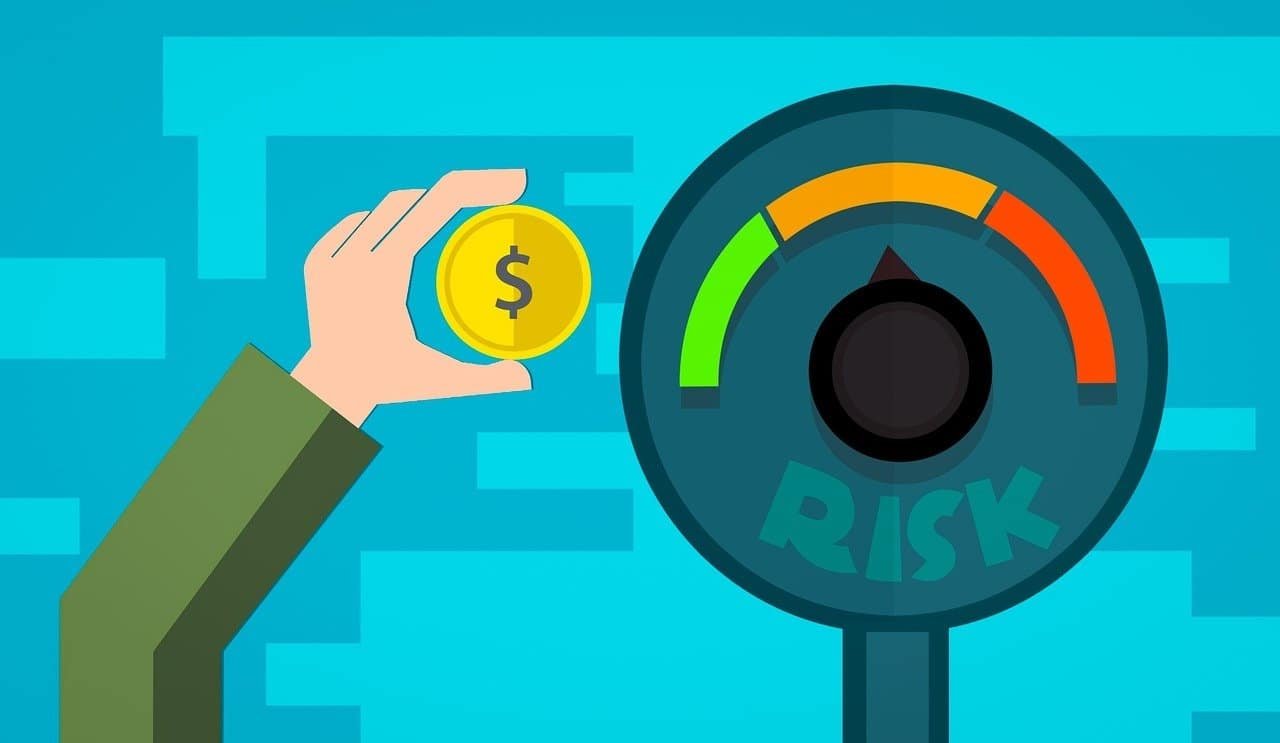Credit Risk
What is credit risk? This is similar to the potential losses that a bank bears as soon as it lends money to an economic agent (parties involved in economic activities such as producers, distributors, and consumers). If the debtor, whether an individual or a company, fails to repay its debt when due, the bank will lose part of the funds it lends on an installment basis.
The importance of credit risk depends on 3 main parameters:
- The amount of the debt.
- The probability of default or failed to pay.
- The proportion of non-recovery in the event of default by the debtor.
Types of credit risk
The credit market is a financial market of gigantic size. It includes several types of credits: direct credits granted by banks, bond claims and counterparty risks generated by derivatives transactions (forward, future, swap, etc.).
Reminder: derivatives are financial instruments based on underlying transferable securities or market indices.
Credit risk is not fixed in time, but can evolve according to various parameters that can affect the solvency of the debtor (individual or company). The assessment of credit risk depends on elements internal to the company, but also on contextual factors.
Among the main risks, economists distinguish:
1. Operational risk
This results from the bank’s inability to assess the credit risks to which it may be exposed following an internal failure or exogenous events.
2. Liquidity risk
The debtor is in a situation of illiquidity which does not allow him to honor his debt. This situation, temporary or definitive, can result from a bankruptcy filing, a sectoral crisis, etc.
3. Sovereign risk
It occurs when a State defaults or reverses the convertibility of its national currency. Real, this risk is particularly difficult to predict.
Similarly, a political change can affect interest rates and alter the financial return of funds lent by investors.
How to calculate the cost of risk?
The cost of risk on outstandings will be calculated by relating the cost of risk charge (over four rolling quarters) to outstanding loans (on an average of the last four quarters, beginning of the period).
General formula
EL = PD × LGD × EAD = PD × (1 − RR) × EAD,
where :
- PD = probability of default
- LGD = loss given default
- EAD = exposure at default
- RR = recovery rate (RR = 1 − LGD)
Expected loss is covered by revenues (interest rate, fees) and by loan loss provisions
(based on the level of expected impairment).
Credit risk assessment
Prudential regulations impose strict constraints on banks in managing their risks and allocating capital.
Credit risk is linked to the quality of the borrower. To identify it, banks assess the risk attached to each of their customers as well as the overall risk of their loan portfolio. In practice, when an individual or an SMI/SME comes knocking on the door of a bank, the risk it represents is assessed based on the analysis of the credit file and mitigated by the taking of guarantees. Risk control also involves calibrating the lines of credit granted. When it comes to financing for large companies, the rating that credit agencies grant to these companies based on their financial strength and their future prospects allows investors to better assess the credit risk.
As each transaction modifies the bank’s risk exposure, the risks are assessed at group level (consolidation). The calculation of global exposure takes into account both the nature of the transactions (balance sheet / off-balance sheet) and the maturity of the loans.
Reminder: the off-balance sheet includes commitments given or received that do not give rise to a balance sheet entry. Among them, we can find contractual commitments, etc.
Credit risk: hedging products
Credit derivatives are financial products giving banks and companies the possibility of managing the counterparty risk of their loan or borrowing portfolios. These products are useful for hedging against credit risk, the bank looking for protection selling all or part of the risk to an investor ready to assume it in return for a remuneration such as, for example, with securitization.
Among these products:
Credit default swaps (CDS)
Notably provide the possibility of transferring the default risk of an underlying credit to other financial agents, the protection sellers.
Credit insurance
It guarantees companies or banks against default by borrowers, whether the situation is their fault or due to external constraints.
Factoring or leasing
This technique allows a company to let a third party bear the risk of collecting a company’s invoices in exchange for the payment of a commission.
Sumber bacaan: PinterPandai, WallStreetMojo, ReadyRatios
Photo credit: Pixabay
The Job of Credit Manager | How to assess a company’s solvency?



